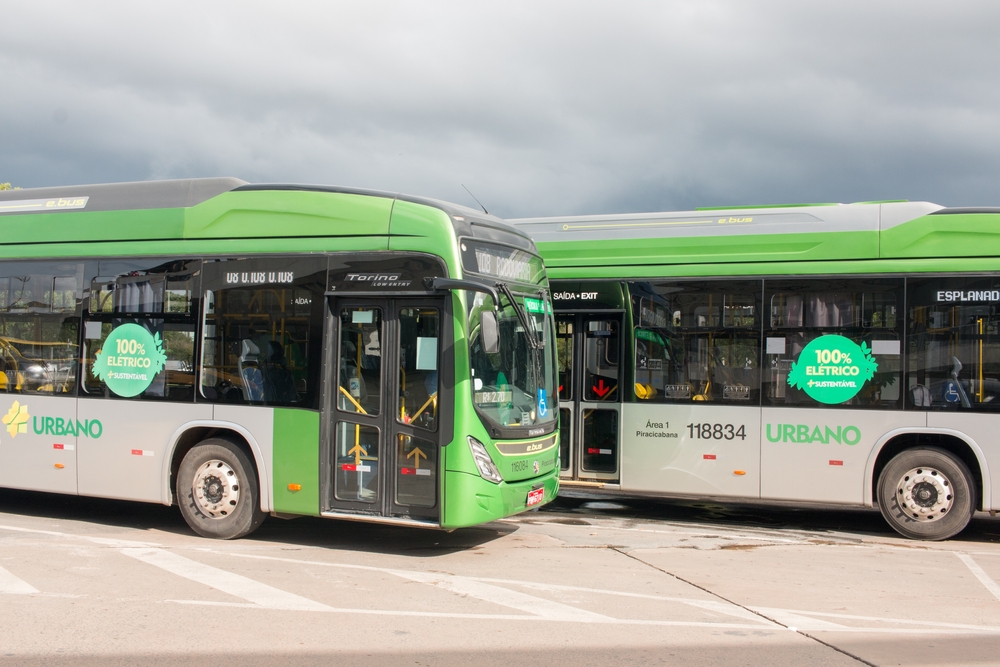Output in the services industry in Brazil, an important measure of the country’s economic activity, rose 0.9 percent in March compared with February. Services accumulated 5.8 percent growth in the first quarter, sitting above pre-pandemic levels as the sector’s production volume grew 12.4 percent compared with February 2020. The result, measured by the Brazilian Institute of Geography and Statistics (IBGE), shows that the sector remains resilient, even amid a muted macroeconomic scenario marked by high interest rates.
In the 12 months to March, services expanded 7.4 percent. That does not mean, however, that the country’s most important sector, accounting for 70 percent of GDP, is unaffected by the current scenario.
The services sector has shown surprising resilience over the past two months, despite a 2.9 percent downturn in January — which sounded the alarm over the impact of high interest rates on the economy —, according to Rafael Perez, an economist at Suno Research brokerage. “The data should contribute to a better GDP performance in the first quarter. Therefore, we can see a slightly less adverse scenario for economic activity this year,” says Mr. Perez.
Three of the five activities surveyed rose in the month-on-month comparison. While the transportation services category increased by 3.6 percent, output for professional, administrative, and complementary services grew by 2.6 percent, and information and communication services expanded 0.2 percent.
On the flipside, services rendered to families, which include accommodation and food services, dropped 1.7 percent, following a decline of 0.8 percent in February, and other services, which include sanitation, real estate activities, and some auxiliary financial services, decreased 0.6 percent.
Looking ahead for services
In 2022, Brazil’s GDP rose 2.9 percent, driven by strong results in the services sector. The long-lasting monetary tightening cycle in the country, however, is likely to take its toll on services as well.
“The sector, which was the main driver of growth in the Brazilian economy in the last two years, is already starting to show a certain settling in its expansion pace, especially when compared to 2022. This is related to the strong deceleration of economic activity due to the Central Bank’s cycle of interest rate hikes, lower growth in household income and consumption, in addition to rising unemployment,” says Mr. Perez.
Earlier this month, the Brazilian Central Bank kept the country’s benchmark interest rate unchanged at 13.75 percent and told the market that its restrictive monetary policy will remain in place for the foreseeable future as a way of pushing inflation closer to the 3.25 percent official target. Its minutes also show that the monetary authority is taking a wait-and-see approach to the government’s new fiscal framework, which lawmakers will decide whether to fast-track in the Lower House on Wednesday.
Until the new framework is approved and its impacts are reflected in the analysis models that measure the central bank’s inflation expectations, nothing will change — which means that the outlook for growth in different sectors will not change either.


 Search
Search






































